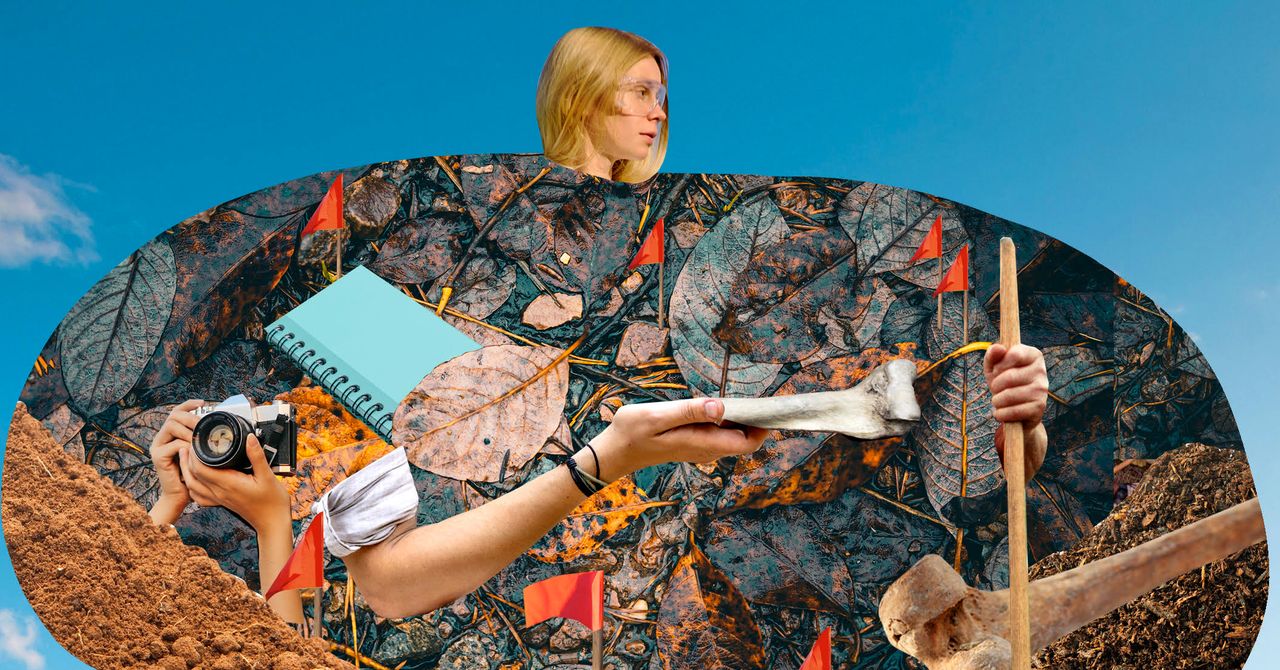Somewhere out in the countryside, hidden behind a copse of trees, are fields full of dead human bodies. These corpses have been strategically laid out in rows, naked as the day they were born, and left to the mercy of the elements until all that’s left of them are bones.
It sounds like a scene out of a horror film, but these places are real. They’re called taphonomic research facilities, or sometimes “body farms”—sites where forensic scientists study how the human body decomposes. (Don’t worry, the bodies are all donated.) By observing how fast cadavers break down in a controlled setting, investigators can learn more about decomposition and better pinpoint exactly what happened to dead bodies that are found in the real world.
There are only a handful of body farms in existence, and most are in the US. Employees spend their days answering emails, cleaning bones, and leaving corpses out in the sun. WIRED spoke to one researcher and instructor in the US about their job—the good, the gross, and the pungent.
It makes me laugh on TV shows where they’re like, “Oh, well, this body was here for exactly three months.” Decomposition is such an individualized process for each donor. It depends on the person’s size, were they taking illicit drugs, were they undergoing chemo-therapy or radiation at the time? Cancer treatments will limit certain scavengers coming to the body, because those remains are going to smell different to those animals. I have placed donors next to each other at the same time, who could have died within days of each other, and one is going to skeletonize faster than the other. One might mummify. It is just such an individual process. Each donor teaches us something different about decomposition, contributing to our understanding of how the body breaks down with time, seasonality, temperature, and body composition. But that doesn’t make good TV.
We took more than 40 bodies into our care last year, and more than 50 in 2023. But more typical for us is 20 to 30 donors in a year. When a body arrives, we take photos, we take DNA swabs, if they consented to that when they were alive. And then we find a place for them.
Most of our donors will go out to our outdoor surface enclosure, where they are laid out unclothed, just on the ground. The enclosure follows the natural topography of the area and is double-fenced. We have some PVC and chicken-wire cages that we place over the remains at some point, to limit scavenging. We did recently have some turkey vultures that wiggled themselves under the cages and got caught. We also usually have several donors that we will bury in the natural soil within another enclosure. Those are only exhumed after several years, when they are expected to be skeletonized.
We run classes at least twice a year, for our law enforcement and fire investigator partners. Donors who have consented to trauma research will be placed in a room that is set alight. We’ll let the donors cool for two days, and then the investigators practice moving a body to look for evidence that might have been shielded under a body and preserved. We also track the damage to the bodies, like how bones broke, and that can be really helpful for crime scene investigations.
Forensic anthropology in the US is becoming more female-dominated. Most of our students are female. Those of us running these facilities are mostly female. It is probably like a 9:1 ratio of women to men amongst our students here. We get drivers that are bringing donors to us that are like, “Oh, who are all these ladies?” We are not here for you to ogle at, we are scientists!
We are always checking in with our students, because sometimes it’s hard to see a person go through that decomposition process. Or, when we get a new donor, we don’t know necessarily what we’ll find when we remove that sheet or open that body bag. I’ve only had one student who changed majors after being at our facility, though. Most of them thought they’d be the ones puking or passing out, and they’re not.








